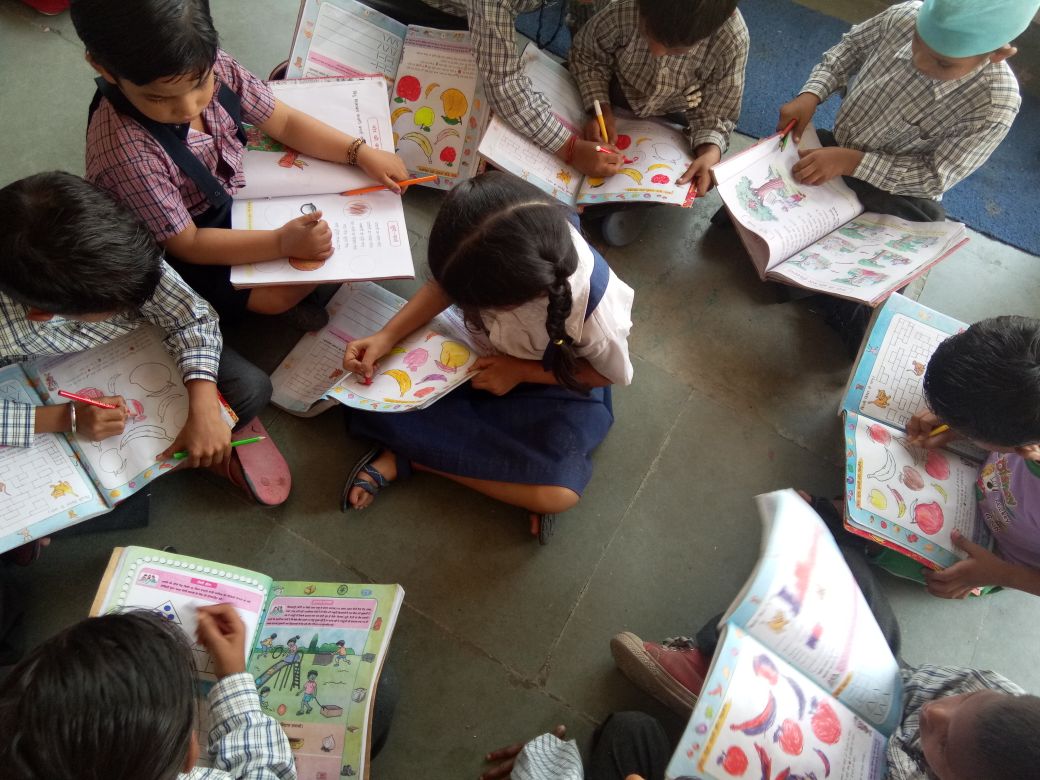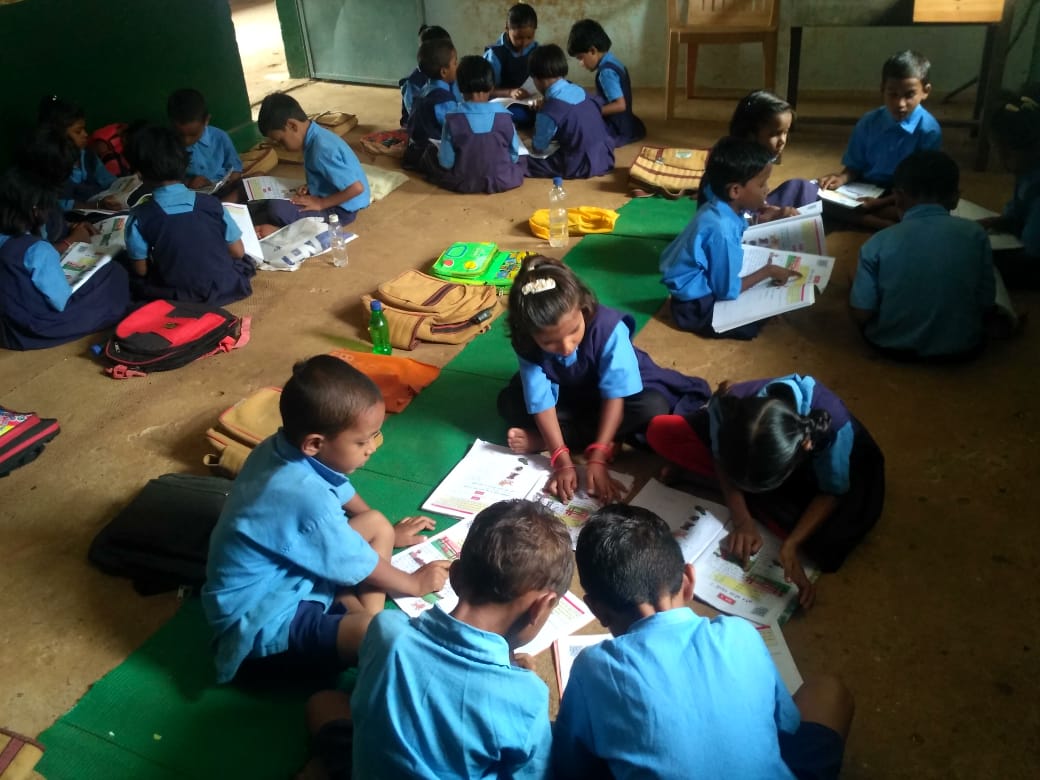
Learning good English does not require children to study through the medium of English from the early years.
The Andhra Pradesh government’s decision to switch the medium of instruction in all government schools from Telugu and Urdu to English is founded on fallacious assumptions and arguments. This ill-conceived move has the potential to condemn the next generation of children in AP to become semi-linguals, who will not have strong skills of oral communication, reading with comprehension and writing independently in any language. The arguments being put forward by the Chief Minister of AP in support of this ‘Tughlaqi’ decision are the following. One, the move will ‘strengthen’ government schools which are losing children to private schools at an alarming rate. Two, good English skills are required for the job market and introducing English as the medium of instruction will ensure that children will learn English well. Three, why should elites be able to send their children to English medium schools while the poor must make do with studying through the state language?
Will the introduction of English medium help in improving the quality of government schools? When a completely unfamiliar language is used at school, classroom teaching is reduced to choral repetition, memorization and copywriting from the textbook or the blackboard. There is little scope for meaning-making and understanding of concepts.
This is the scenario at present in most affordable private English-medium schools. The move to introduce English as the medium of instruction from Class 1 will ensure that thinking, reasoning, creativity and effective communication are completely excluded from primary classrooms. We know that active engagement and children’s talk is the foundation of all learning. And this is not possible when they study through a completely unfamiliar language. It could be argued that the situation in regional language medium schools is no better. Very true. But at least, there is scope to bring about changes in the teaching-learning process in the future. With English as a medium, children are condemned to be passive participants in the classroom.
India aspires to join PISA where reading comprehension is the main focus. Several surveys including ASER have shown that almost half the children in rural India do not learn to read well even by the end of Class 5. This is a serious learning crisis. There’s little chance that children can develop strong reading comprehension skills if they struggle even with understanding the language being used for teaching.
Will children learn much better English if it is used as the medium of instruction from preschool or Class 1? The argument that young children can learn many languages quickly in a classroom setting is incorrect. It is true that young children can acquire languages if they are exposed to them in their natural environment in meaningful contexts. But young children are not equipped to ‘learn’ unfamiliar languages that are taught formally as subjects in school. Research evidence clearly shows that older children are better placed to learn additional languages through teaching and learning. In fact, the didactic and teacher-led methods of reading from the textbooks and choral repetition are the least likely to result in developing a good understanding of a new language. It is much better to introduce English initially in the oral form with children getting opportunities to listen to meaningful words, simple conversations and stories before it is introduced as a formal subject. To learn English well, it is important that children are gradually exposed to it in an anxiety-free environment with the use of their familiar language as a support. They could be ready for learning through English after five to six years of teaching-learning of English using appropriate methods.
Studying through the medium of a language that children do not understand is subjecting them to a double disadvantage—having to try and learn the unfamiliar language and to simultaneously attempt to understand new information and concepts thrown at them in this unfamiliar language from the first day at school. It is like throwing children who come to learn swimming directly into the deep end of the pool with no support. This is especially difficult in the case of English because most children in government schools are unlikely to get any exposure to English outside school.
Why should government school children be deprived of learning through English when children in private schools have that privilege? This is a difficult argument to address from an equity perspective. I argue that the use of English as a medium of instruction should be disallowed through policy and legal enactment in preschool and early primary classes for all schools in the country.
Children should learn to speak and read and write in English well along with gaining proficiency in their more familiar languages. Children could learn English from the early years in school through oral language development and then learn English as a subject before it is introduced as the medium of instruction. Let’s work to improve the quality of teaching of English (and other languages) in all of our schools which is dismal at present. We can take this up as a country-wide mission that prepares millions of primary school teachers to learn and teach English appropriately. But, let’s not condemn young children to years of incomprehension and passivity at school struggling with memorization and copywriting because they don’t understand the language used as the medium of instruction.
Dhir Jhingran is a former IAS officer and Founder of Language and Learning Foundation.








Great content! Super high-quality! Keep it up! 🙂
Good day, good site you’ve gotten presently.